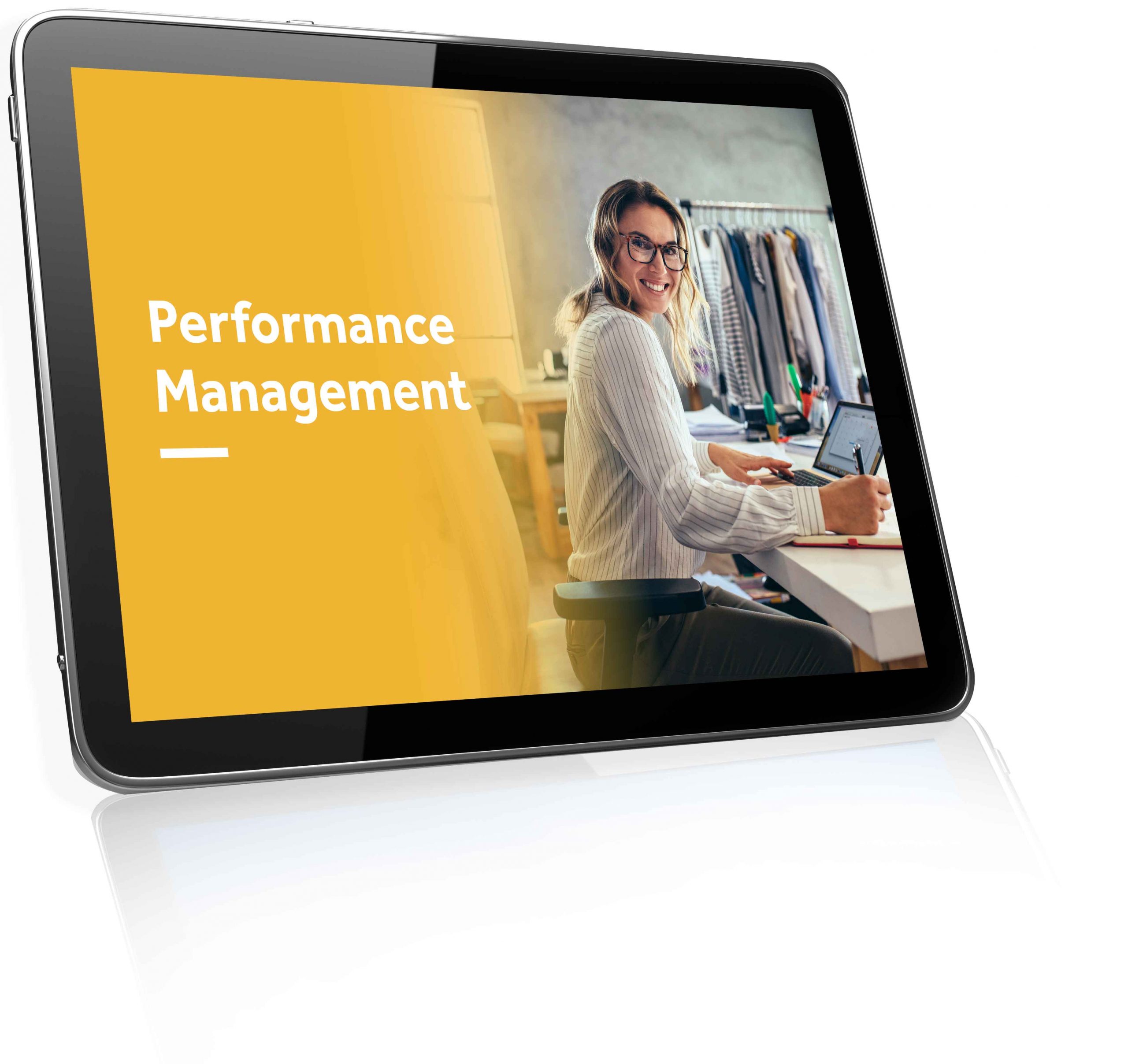
If you own a small business and want to add to your superannuation nest-egg, it’s worth considering how you might benefit from the small business retirement exemption.
The average self-employed Australian will have only accumulated $164,000 in super by the time they reach retirement. Compared to the average salaried employee’s super balance – a healthier $283,000 – retired small business owners are often forced to make ends meet with an uncomfortably low income.
The small business retirement exemption offers reduced capital gains tax (CGT) on the proceeds from selling company assets. The exemptions acknowledge that small business owners rely on these funds to top up their super for later life.
What is the small business retirement exemption?
The small business retirement exemption is a concession that allows small business owners to transfer the proceeds from selling assets directly into their superfund. Best of all, the exemption offers various levels of reduction on CGT.
This exemption is made up of four specific CGT concessions:
The Retirement Exemption: If you’re a small business owner under the age of 55, you can transfer the proceeds from the sale of an asset into your superfund. However, there’s a lifetime limit of $500,000.
15-Year Retirement Exemption: If you sell a business asset that has been owned for at least 15 years, the entire sum of CGT may be exempt. In this case, all proceeds can be contributed into your superannuation, up to the lifetime limit of $500,000.
50% Active Asset Reduction: With this concession, small business owners can reduce the CGT on the sale of an active asset by 50%. Note that you must have owned the asset for at least 12 months.
Rollover Exemption: The rollover exemption gives small business owners the choice to defer the capital gains tax on a sold asset to a later year. You may choose to apply the rollover to as much of the capital gain as you decide. In some cases, it can be combined with other exemptions.
What are the eligibility requirements?
If you’re a small business owner planning to claim retirement exemption, one of the following eligibility requirements must apply:
You own a small business with an annual aggregated turnover of $2 million or less
You own a small business with an aggregated assets value of $6 million or less
If you meet the above criteria, also keep in mind that claimants under 55 years of age must deposit funds into a qualifying super fund, self-managed super fund, or retirement savings account. Additionally, the amount deposited must be equal to the exempt amount.
Additionally, be sure to keep an accurate record of all your exemption claims, as well as copies of statements for your super account documenting any transfers.
Small business retirement exemption limit
Each Australian has a lifetime limit of $500,000 in CGT for the small business retirement exemption. This amount is reduced by any earlier claims of CGT through the concession.
Other stakeholders in a business can also claim up to $500,000 in CGT with the retirement exemption. This means a small business with four stakeholders would have a limit of $2 million.
Some businesses with multiple stakeholders may decide not to split the exemption entitlement evenly, meaning the amount may vary from person to person.

Ready to raise your business’s performance?
Effectively managing performance is a test of a small business owner’s people skills. It’s one of the most difficult aspects of running a successful company.
Need a helping hand? Employsure’s FREE E-Guide explains the most important aspects of performance management and will help you get the most out of your employees.
Small business retirement exemption examples
By this stage, you might be wondering how the small business retirement exemption works in the real world. Here are two examples illustrating ordinary exemption claims:
Example 1: Annie is 47 and ran a cafe with an aggregated annual turnover of $1.7 million. She recently sold the company and made a taxable capital gain of $300,000. Annie is eligible to claim the small business retirement exemption because her aggregated annual turnover was less than $2 million.
Instead of paying CGT on her capital gain of $300,000, she transfers the full amount into her super fund. Annie has never claimed any small business retirement exemptions before, so she is well within the $500,000 lifetime limit. Annie won’t pay any CGT on the capital gain from selling her small business.
Example 2: James is 52 and has run multiple profitable small businesses over the years. He makes a capital gain of $350,000 on his latest business sale, which he bought 8 months ago and makes an annual turnover of $1.2 million.
However, James has already claimed $375,000 in CGT exemptions from earlier business sales. This means he is only entitled to claim an exemption of $125,000 before he reaches his $500,000 lifetime limit.
James decides to transfer $125,000 into his super fund to reduce his CGT obligation but must pay CGT on the remaining $225,000. Because he has owned the business for less than a year, James cannot claim the 50% Active Asset Reduction.
How can you claim the small business retirement exemption?
To make a claim for a retirement exemption, you first need to complete the capital gains tax cap election form, which is available online with instructions from the ATO.
Your signed and dated form must be submitted to your super fund when (or before) the contribution is made. It won’t be valid if you have already made the super payment. You must then fill out the applicable sections in your SMSF annual return.
Advice regarding tax and superannuation is outside of Employsure’s areas of expertise. Any information in this article regarding tax and superannuation is general and does not constitute financial advice. Employsure recommends seeking specialist advice from your accountant, tax specialist or the ATO for further information.
For all other employment workplace relations and health & safety matters, Employsure can help simplify your obligations. If you have any questions or concerns, please call our FREE 24/7 Advice Line on 1300 651 415.
Frequently Asked Questions
What is capital gains tax?
Capital gains tax (CGT) is the tax you pay on profits from selling assets, such as property.
Individuals document any capital gains and capital losses in their income tax return, paying tax on any net capital gains. Although it is referred to as ‘capital gains tax,’ CGT is part of our normal income tax.
Capital gains tax also applies to businesses when certain events occur, such as selling a business, commercial property, or company asset.
What is an active asset?
This is an asset owned by a taxpayer and used in a business either by the taxpayer, an affiliate of the taxpayer, or by another entity connected with the taxpayer’s business.
An active asset can be a physical, such as a commercial building, or intangible, such as intellectual property.
According to the terms of the small business retirement exemption, an active asset must have been in use for at least half the time it was owned. Note that periods of use time do not need to be continuous.
